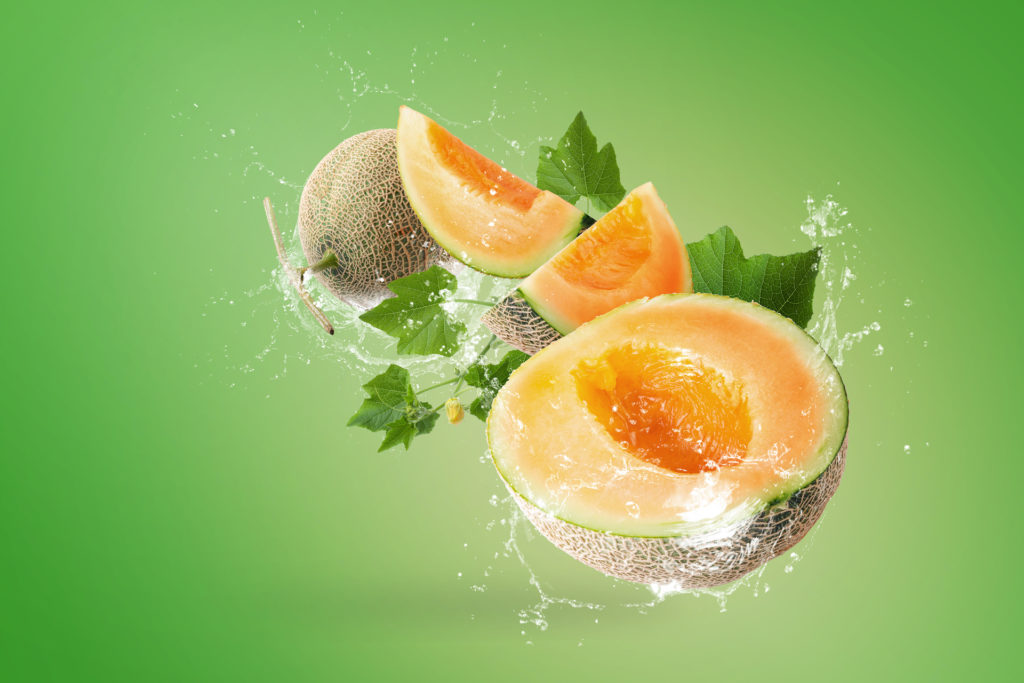
According to the previous article of glycation (Relationship between sugar, glycation, and aging & how to avoid?), sugar is a source of energy for our brain. However, if we eat too much refined sugar, it will cause metabolic disorders and glycation which lead to producing a number of toxic substances called advanced glycation end-products(AGEs). Glycation will cause over oxidative stress, inflammation, and accelerating aging. In this article, we would like to show you the occurrence and hazards of glycation, and how our body decreases the effects of toxins by our own antioxidant system on our body.
Generally, sugar will be bound to proteins or other molecules by enzymes and work specific function that is beneficial in our body, this called glycosylation. Conversely, glycation is the reaction that reducing sugars, for example, glucose, fructose, lactose, maltose, oligosaccharides, etc., bind to proteins or lipids without enzymes, and generates substances called AGEs. Glycation occurs in cells, organs, or tissue and is harmful in our body.
AGEs generate both in vitro and in vivo. Sugar plays an important role in glycation, so high glucose concertation is easy to produce AGEs and accumulate in our body, leading to a series of oxidative stress. Therefore, the AGEs concentration in diabetes patients is higher than healthy people. The external factors to cause glycation are eating habits and smoking (10). Studies have demonstrated that smoking will increase AGEs in the body. In addition, although cooking food at a high temperature can have attractive brown color and flavor, but it also generates AGEs, especially for that food with high fat and high protein. For example, fried or roasted beef contains 10~100 fold of AGEs than uncooked beef. Obviously, when we enjoy delicious yummy food, at the same time, we intake a lot of AGEs (7).
1. Skin aging: In glycation, sugar will bind to proteins, denature its structure, and change the function of the protein. Our skin contains an abundance of collagen, but when glycation happens, collagen in the skin will decrease fast, the elasticity of skin will lose, and the wrinkle appearance (2)(3). That's why some people look elder because they eat much sugar.
2. Diabetes: Insulin is the key protein that regulates blood sugar. When glycation happens, insulin loses the ability to regulate blood sugar, results in high glucose concentration in the body, and causes complications, such as kidney diseases, retina, etc. (1)(3)(4).
3. Kidney disease: Kidney is one of the organs of detoxification. Excessive AGEs will reduce the ability of the kidney to clear toxic substances, causing damage to the kidney and leading to kidney-related diseases.
4. Cardiovascular diseases: Excessive glucose in the blood will affect the function of the vessel wall, lead to aggravating inflammation and oxidative reactions, and impedes the ability of blood vessels to transport oxygen. In the end, the heart fails to obtain enough oxygen then causes heart disease(4)(10).
5. Eye diseases: When there are too many AGEs accumulate in our eyes, it may lead to eye fatigue, dryness, and vision deterioration. If our body is at high blood glucose, it may be complicated by retinopathy or microvascular diseases, including cataracts, glaucoma, etc.
6. Alzheimer's disease: Studies have demonstrated that patients with Alzheimer's disease have higher AGEs in their brain than normal elderly people.
When we accumulate too many AGEs in our body, it will produce many free radicals and lead to the occurrence of oxidative stress to cause a series of inflammatory reactions that cause organ disorder, eventually, diseases happen (1). Fortunately, there is an antioxidant defense system composed of the enzymes and non-enzyme antioxidants in our body. This system can eliminate these harmful substances and reduce the damage to our body (1)(5).
The enzymes which can reduce the toxic free radicals include superoxide dismutase (SOD), catalase (CAT), and glutathione peroxidase (GPx). At first, SOD converts the source of free radicals, superoxide anion (O2-‧), into hydrogen peroxide (H2O2) which can be converted to non-toxic water by the other two enzymes, CAT and GPx(5).
The antioxidative vitamins or minerals in our body include vitamin C, vitamin E, carotene, zinc, iron, copper, selenium, and glutathione (GSH). Free radicals are unstable chemical substances. They possess unpaired electrons and easily react with proteins and fats in the body to snatch their electrons and cause a series of chain reactions. These non-enzymatic antioxidant substances can provide electrons to these free radicals and make them be stable and harmless substances, or help antioxidative enzymes to reduce the formation of free radicals (6).
At present, there are existing various products on the market for high antioxidant capacities, including vitamin C, vitamin E, GSH, polyphenols extracted from fruits and vegetables, and antioxidative enzyme SOD, etc. Among them, SOD is a protein that is easily destroyed in the intestinal tract, so it is important that a protective coating on SOD to keep its antioxidant capacity. However, although we can increase the anti-glycation power by taking supplements, the basic method is to start from the daily diet and reduce the consumption of refined sugar to eliminate toxic substances and increase the antioxidative abilities in our body (3) (7) (8).
Reference